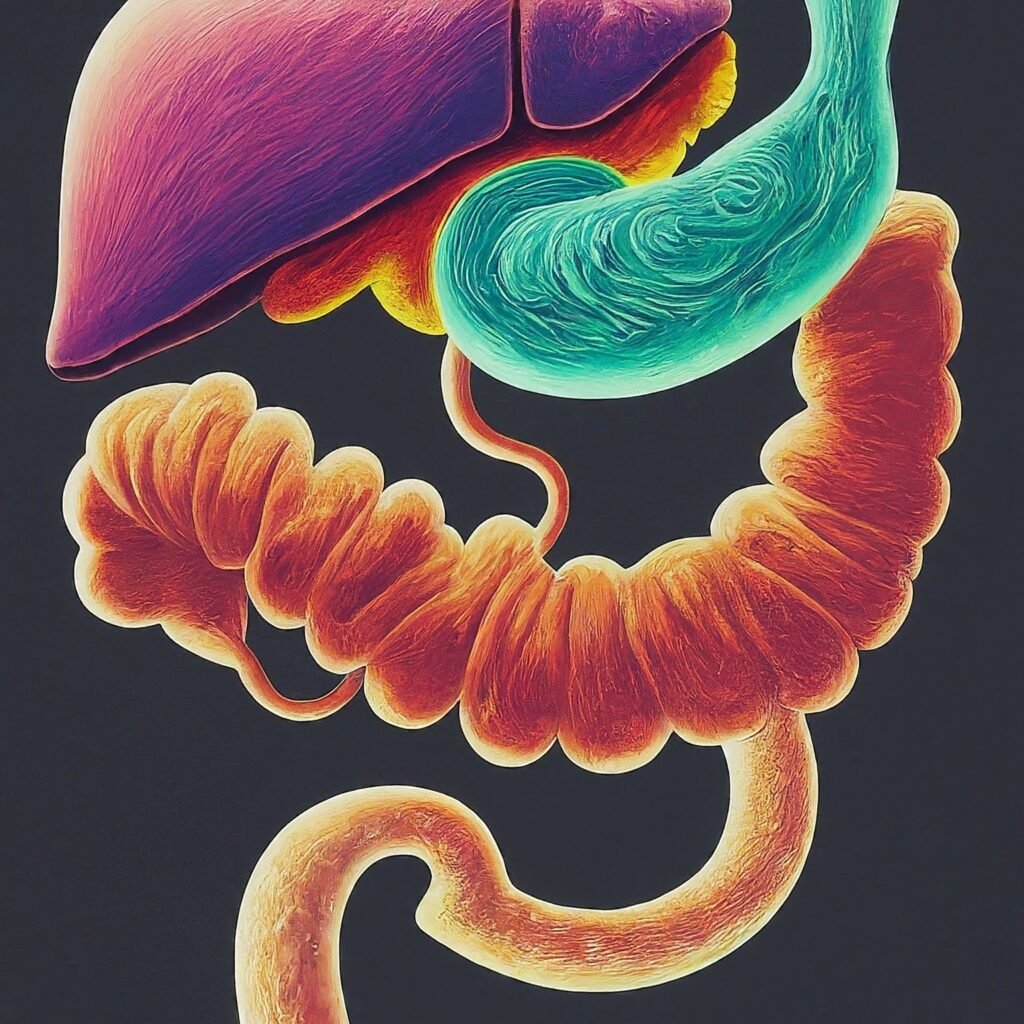Is the Paleo diet good for diabetics?

On the Paleo diet, you will have to cut back on bread, grains, and processed foods… so naturally, you will be reducing your sugar intake. So, is the Paleo diet good for diabetics?
The Paleo diet and benefits for diabetics.
Currently, research looking at the impact of the Paleo diet on diabetes management looks promising. A small randomized control trial in 2009 found that, compared to the diabetic diet, patients with type 2 diabetes who followed a Paleo diet for three months lost more weight and more waistlines.
They also saw reductions in their HbA1c and cholesterol while seeing improvements in their good HDL cholesterol.
Other studies have also echoed these short-term improvements. A 2015 study found that people with type 2 diabetes who followed a Paleo diet were able to improve their blood pressure, blood sugar levels, and cholesterol in just two weeks.
The only problem with these studies is that the sample sizes are generally very small, and the duration of the studies is (incredibly) short, which means that we have no information on the ability of patients to maintain weight loss and long-term metabolic improvements.
We are also not sure of the long-term implications of a diet high in saturated fat (which is promoted in the Paleo diet) since the 2015 study that showed improvements in blood markers did not include any consumption of red meat, which as It is often included in a typical Paleo diet.
Rather, the patients were given lean protein sources like fish, chicken, and unsaturated fats to improve their health.
While the first research we have to date looks promising regarding the role of a Paleo-like diet for people with diabetes, we probably need longer studies and more specific guidelines on fat sources in order to make confident recommendations.
More benefits of the Paleo diet for people with diabetes.
A study published suggests that people with type 2 diabetes who followed a “ caveman diet ” were able to help lower their blood pressure, stabilize their blood sugar levels, and lower your cholesterol by significant amounts in just two weeks.
Other study participants who followed a traditional diet recommended by the Diabetes Association saw little or no improvement. The study authors gave the participants enough food to prevent them from losing weight, eliminating the possibility that the improvements in health were simply due to losing weight.
The diet also encourages whole, unprocessed foods, which is a healthy approach. Also, the “bulk” of the food can mean that the person will feel full with fewer calories, which is conducive to weight loss and is also beneficial for type 2 diabetes.
We think it’s safe to say that the Paleo diet is still a better diet than one high in sugar and processed foods.
Data to take into account.
People with type 1 diabetes, who do not produce insulin at all, might not be able to stop taking their diabetes medications by following a paleo diet, but the approach can help regulate their blood sugar levels and lower their insulin doses. One study found that people with type 1 diabetes who followed a low-carbohydrate diet for four years did not need as much insulin as they did before the diet, and their blood sugar levels were under better control.


